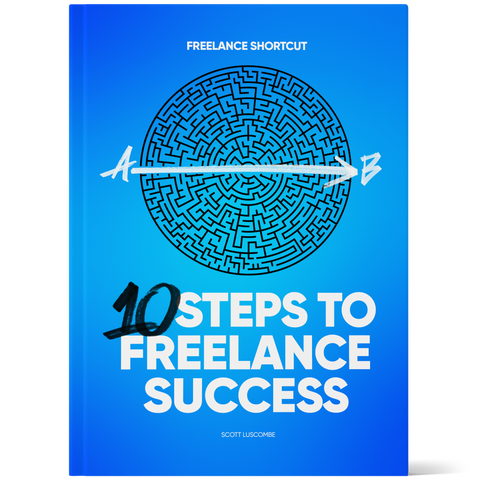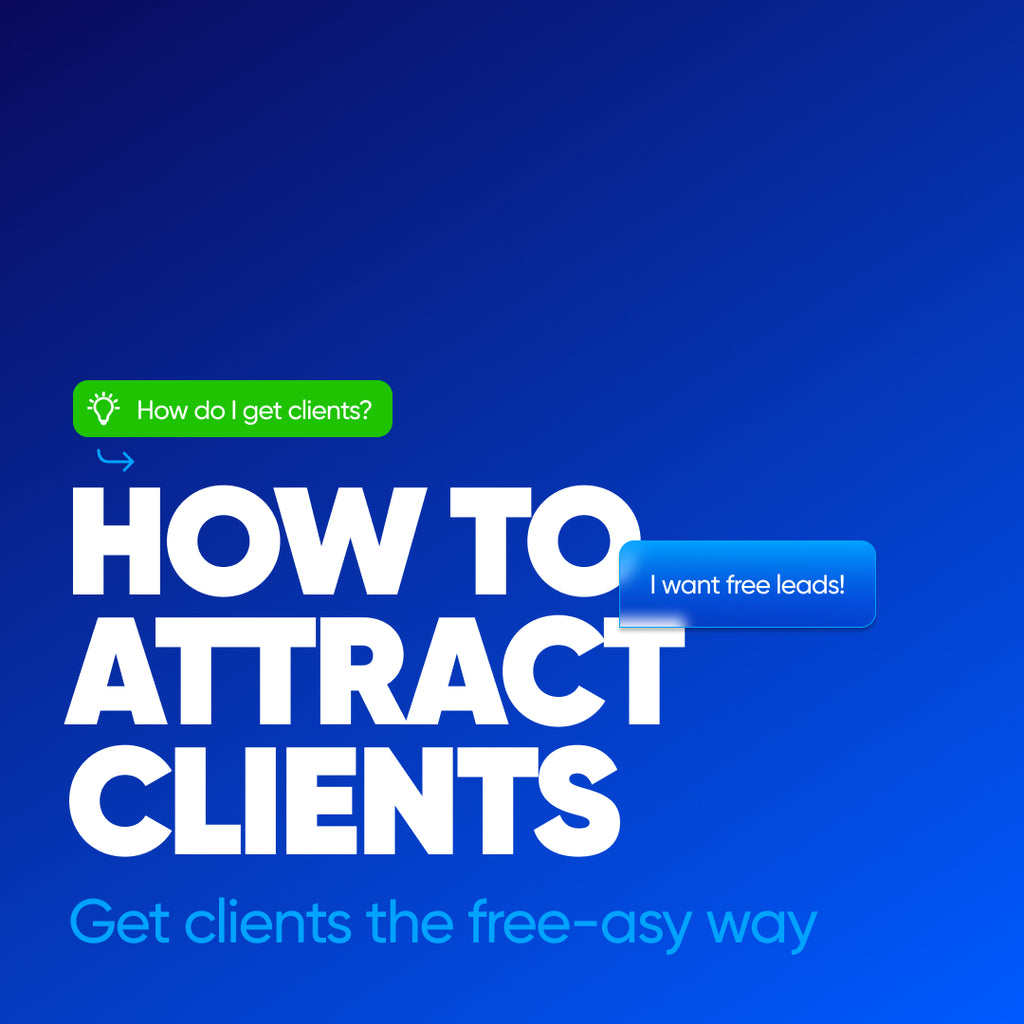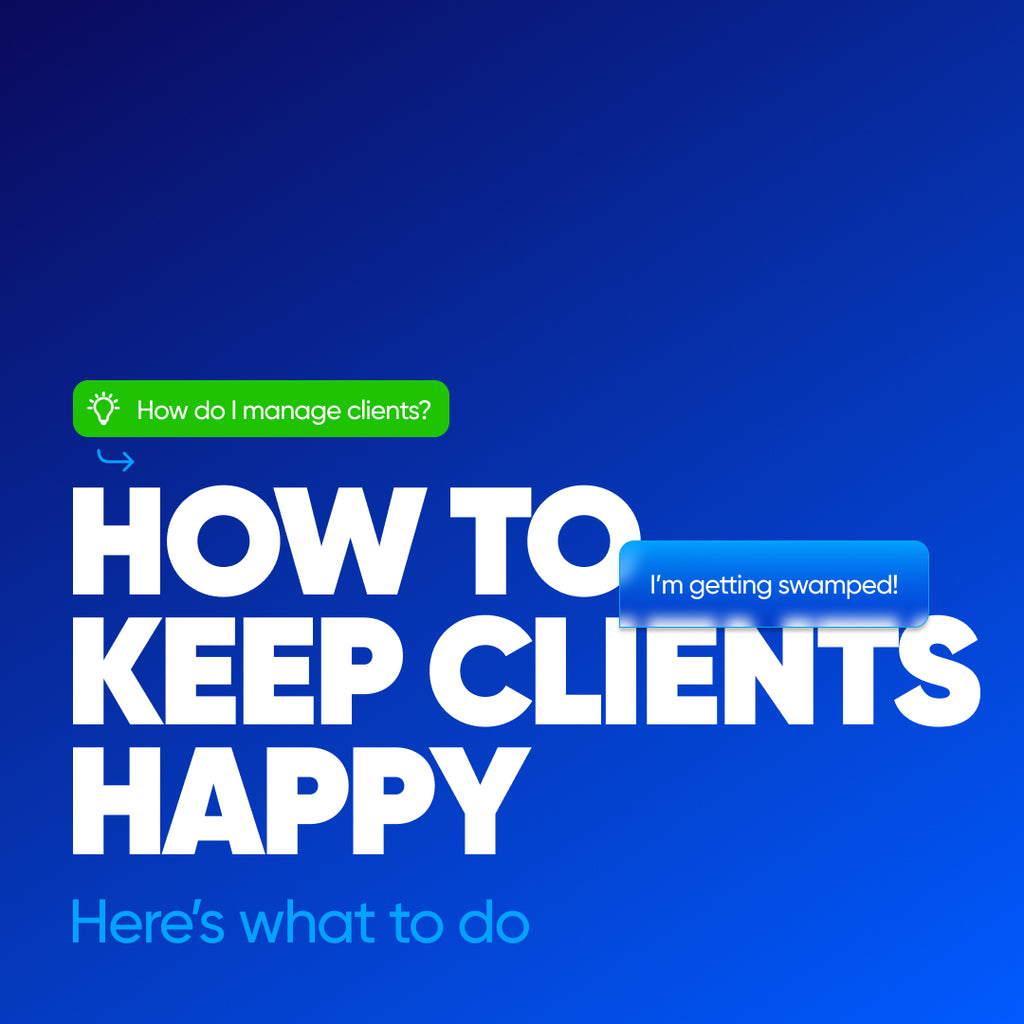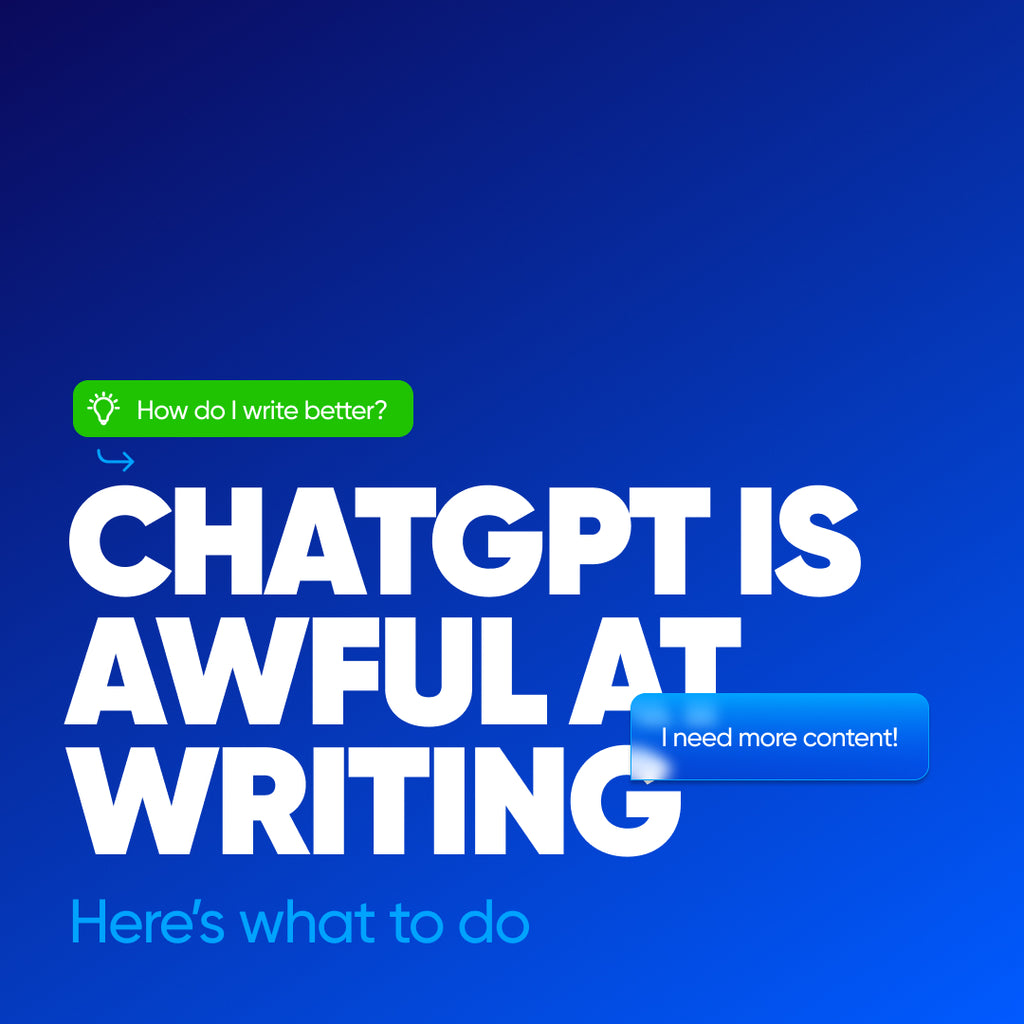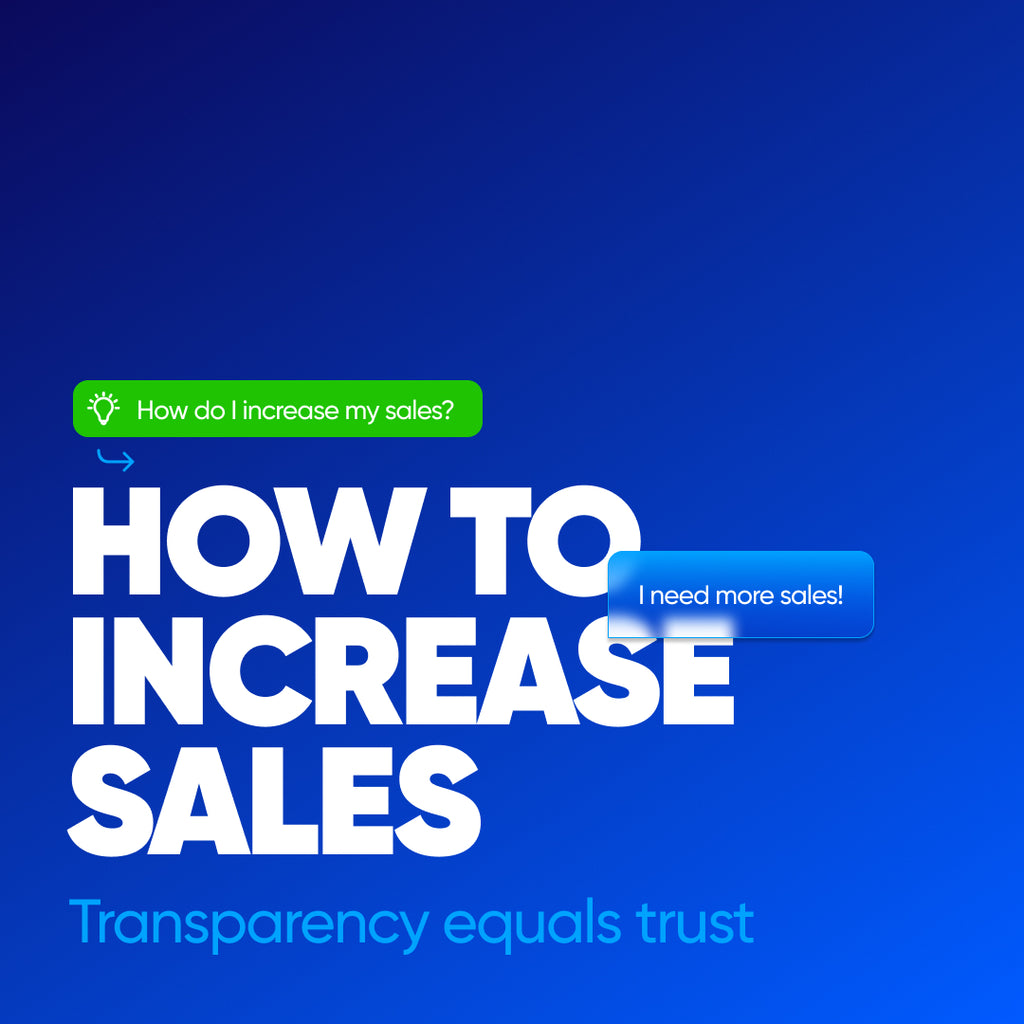What is logo design?
A logo design is a set of words, pictures, or both, that identify the business. A good logo shows what a company does and some of its brand values. Some may even call it a foundational piece of your brand's identity.
Logo design is the process of creating the perfect brand mark for a company. Depending on the type of logo, a logo can consist of a symbol or brandmark and a logotype. It may also contain a tagline.
What does a logo do and why it is important?
Now let's understand why a logo is created. As a logo designer, one of the first steps is to have some background on your client’s business. If you understand what a logo does, you can create a questionnaire for your client, which then informs this research. To create a perfect logo, it's imperative to know the use of a logo, before you pick up the pencil.
Helps to identify key information about a business
A logo design identifies and to some extent communicates key information about a business, this can be the industry you exist in, the target demographic, brand's personality or all of the above.
From the get-go, it's hard to pinpoint what key information the logo will have in it. Some are more focused on the literal name of the brand like the Apple logo, some identify the industry they are in like Instagram (a photo-sharing app with a camera logo), and others use brand values. An example of using brand values is the arrow within the FedEx logo to show movement of goods, or the smile in amazon to communicate happiness, while telling they sell everything from A-Z.
The perfect logo will identify something more than the company name written in type, the typography, color, or symbol will make it unique and relatable to the brand it represents.
A logo makes a brand stand out from the competition
No brand or company exists in a bubble. If there’s a brand makes a product or provides a service, chances are they have 100s if not 1000s of competitors. A logo helps a company differentiate itself from its competitors.
It needs to be similar enough to exist within the general industry while being different enough to not be like any of the competitors in that industry. It's a delicate balance between the two, which logo designers are expected to achieve. Remember, not all logo designs are equal, depending on the brand, you may choose a geometric or abstract logo mark.
This is also why you should not use any logo templates which are often repetitive and uninspired. When clients hire graphic designers, they are looking for fresh logo ideas.
Logo design increases brand recognition and recall value
Imagine a German automotive company, making economy cars in the US, it makes hatchbacks, sedans, and compact SUVs. It's also the largest automotive group in the world. Of course, I am talking about Volkswagen. Now think of its logo, and does it have a car or affordability in it? No, it doesn’t. Do you still associate the logo with that of a car brand?
That is brand recognition. By being placed on millions of cars, the logo has created brand recognition for so many of its attributes. A logo design helps increase this recognition, which means the business defines the logo and not the other way around. A logo doesn’t necessarily tell what a business does, it simply represents the business. With something as large as Volkswagen, it's next to impossible to have all of its attributes in a single logo mark.
Think of a logo as your signature on paper. Your signature simply identifies you and authenticates you, it doesn’t tell anyone the kind of person you are. Memorable logos a simple, with only a couple brand attributes and can be recognised with just glance. Now lets look at the logo design process at Creatibly, and logo design tips for the design process.
How do I design logos at Creatibly?
Now how to design the perfect logo? For this, we will take a look at how logos are designed at Creatibly. In my time as a Creative Director at Creatibly, I have designed 100s of logos for small mom-and-pop shops, Shark Tank’s top companies, and large corporations as well. As expected with a wide portfolio like that, the brands, their customers, and scale has always varied. What hasn’t changed is the process that I undertake to create functional and bespoke logos for every one of my clients.
Having a set logo design framework, I can remove all the guesswork about the next steps when working on the design. It also provides the client with the assurance that their logo design will be completed with the utmost care, and the highest standards possible. So what does this framework entail?
Initial Consultation
The consultation part of logo design is one of the most cardinal steps in the logo design process. It's the point where you learn about your client’s business, ask them questions about their business, and fill out a project brief. You also learn about the brand personality, which will be a key inclusion in the project brief. Having a project brief, ideally vetted by your client is imperative to any logo design project.
During a consultation call with your client, you should ask them questions like What do they do? Who are their customers? Where are the customers based? What is the personality of their business? What do they want from their logo design? What are their goals as a brand? Who are their competitors? Etc. These questions will help you determine some of the key inclusions in their logo, which will make it accurate a futureproof.
For example, a restaurant logo can have some more personality to it, depending on the type of restaurant. While a meal delivery service with plans to start a restaurant in the future will need to have attributes of both.
References
Once you have the consultation part complete, armed with a brand brief, we go into the referencing part of the logo design process. This is where you create mood boards for the brand that you are working with. A mood board is a collection of pictures from brands similar to the business that you are working with. This can be from competitors, parallel industries, or other similar brands.
The process of assembling a mood board requires some consideration when selecting images. You first begin by using a protagonist, ideally, a human being that they are or aspire to be. From there you look for objects associated with the business. This can be the kind of products they create and how they create them. You then derive a color palette from these objects, and finally add in the typography and iconography elements that you think work for a business like the one you’re working with. You would use this mood board to create logos and the brand identity for the brand.
While you may not be creating a brand identity of the brand, it is an important consideration because a logo is a cardinal part of it. So considering how a logo fits within the overall brand identity is important. Chances are once the logo design is over, the next step for your client is a brand identity.
Colors
As explained in the previous step, you derive colors from the objects that a brand uses. You will likely find a whole lot of colors from the products they create and the processes that go into the making of a product. You can then experiment with tints, tones, and shades of that color to create a functional palette.
One thing you can do is create multiple palettes and use one that you think works best. To determine what’s best, see what the competitors are using and variate accordingly.
Selecting Typefaces
are major inclusion in your logo and should be treated with the greatest level of scrutiny, even more than the symbol itself. Typefaces should be selected based on the industry that the customer exists in and respecting the expected guidelines.
This is where you get to strike the perfect balance of uniqueness and familiarity that a logo needs. You will likely use an industry-suitable typeface and some modifications to this typeface. By industry-suitable typeface, I mean that you use a sans-serif style font for pharmaceutical brands while a heavy one for industrial operations. Yes, there can be outliers, that is for you to identify and determine if they need a different treatment.
This article won’t allow us to dive deep into typography, and every individual application. However, if you are a graphic designer, you will be expected to know some of the basics like X height, kerning, tracking, and leading. One thing in mind when using multiple typefaces in a logo is always use fonts with similar x-heights.
Sketches
Once you have a few shortlisted typefaces for your logo, start with sketches. This is primarily where you will be sketching out the symbol for your logo. The symbol can be representative of a brand value, the industry the brand exists in, or simply the initials of the brand name.
When sketching out possible logo designs, do a timed test of sketching x number of designs in a set time frame. Ideally, it should be something that enables you to make quick sketches without much thought behind them. It's recommended that you aim for 20 sketches in 10 minutes. What this does is allow you to create simple yet effective marks centered around one or two of the brand attributes.
A timed approach like this enables you to do an idea dump, wherein you start with the most obvious ones and iterate through each sketch you make. Do this exercise 3-4 times and you will have 4-5 solid sketches that you can fair out. If this doesn’t work out, look at a few more references outside your mood board and tackle the challenge again after some time. Logo design is an iterative process, till you get to the one mark that is strong, true to brand values, and meets all the logo design metrics as well.
Selection
You would then use the faired-out logos to create digital files, and check for parameters like visibility, scale, and white space. You can also pair these with the typography you selected before, and see what works best.
You must use black and white to visualize these simply because you are defining the structural components of the logo. Colors have nothing to do with the structure and can convolute your judgment. There’s a reason why designers say, that if it works in black and white, it will work everywhere else.
Scale the logo up and down, to see if it maintains its integrity across different sizes, and is balanced without being too detailed.
Concepts
Based on the number of logos that cleared your selection process, you would then present concepts to your client. This is where you get feedback for the first time. You will present two to three logos to your client and tell them why they are good solutions.
If you have followed the steps above, the concepts and the rationale you present should be strong enough to be an acceptable solution for your client. Although, if the client does have some suggestions you can revise the design as necessary.
Revision
If your clients request revisions, you can then see what can be done with the shortlisted design. Being aware of the design process will allow you to know if the ask is practical or not. This stage will require some ingenuity.
Once complete, apply the same logo design principles like scaling and visibility. If the logo passes the test, present and deliver the final design to your client.
Approval
Chances are that once you have applied the changes and have a rationale to support your design decisions, the client will approve the logo design. If not, it's up to you how you tackle additional revisions.
If the client is still not satisfied, revisit the design brief and provide a rationale to support your design considerations. Always understand that you are a professional, and your visual research is more thorough than the client's. Play to your strengths.
Delivery
The delivery part is the last step in the logo design process. Deliver all the clients including print-ready, digital, and web assets to the client.
There may be additional deliverables and where the logo appears, a client may need like watermarks and even source files. See what is a fair ask and provide files accordingly.
Conclusion
In the post above we learned what a logo design is and why it is important. We also covered the logo design process we use here at Creatibly. This should help you create the perfect logo design for yourself or a client. Remember perspective and ingenuity are very much part of the process and you will have to actively look for clever solutions. There’s no surefire guide to creating a logo design. That being said, a dependable framework like the one here at Creatibly, will make it easy to produce ideas, test their viability, and apply them to a strong logo design. You can find many such examples in Creatibly's Logo Design Portfolio. You can start by creating your own logo, and few passion projects, soon you will have a framework for your working style as well!
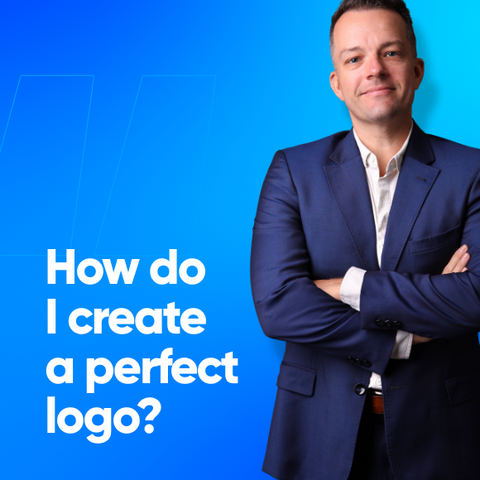
How do I create a perfect logo?
Then, pick one of these:
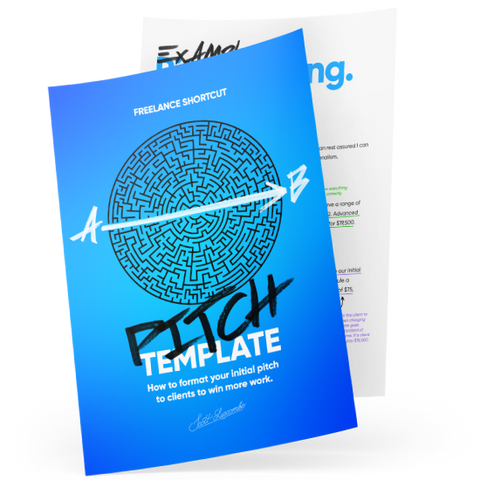
Freelance Pitch and Proposal Template
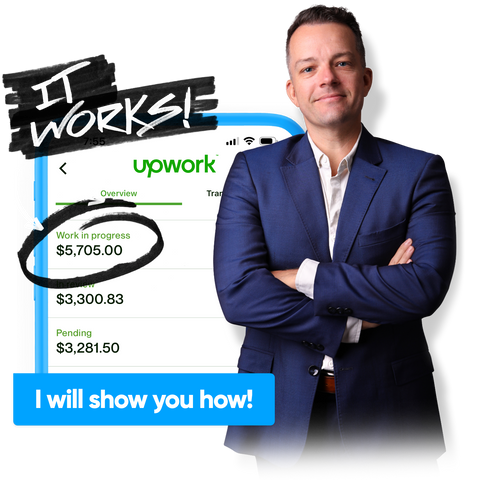
Freelance Coach
